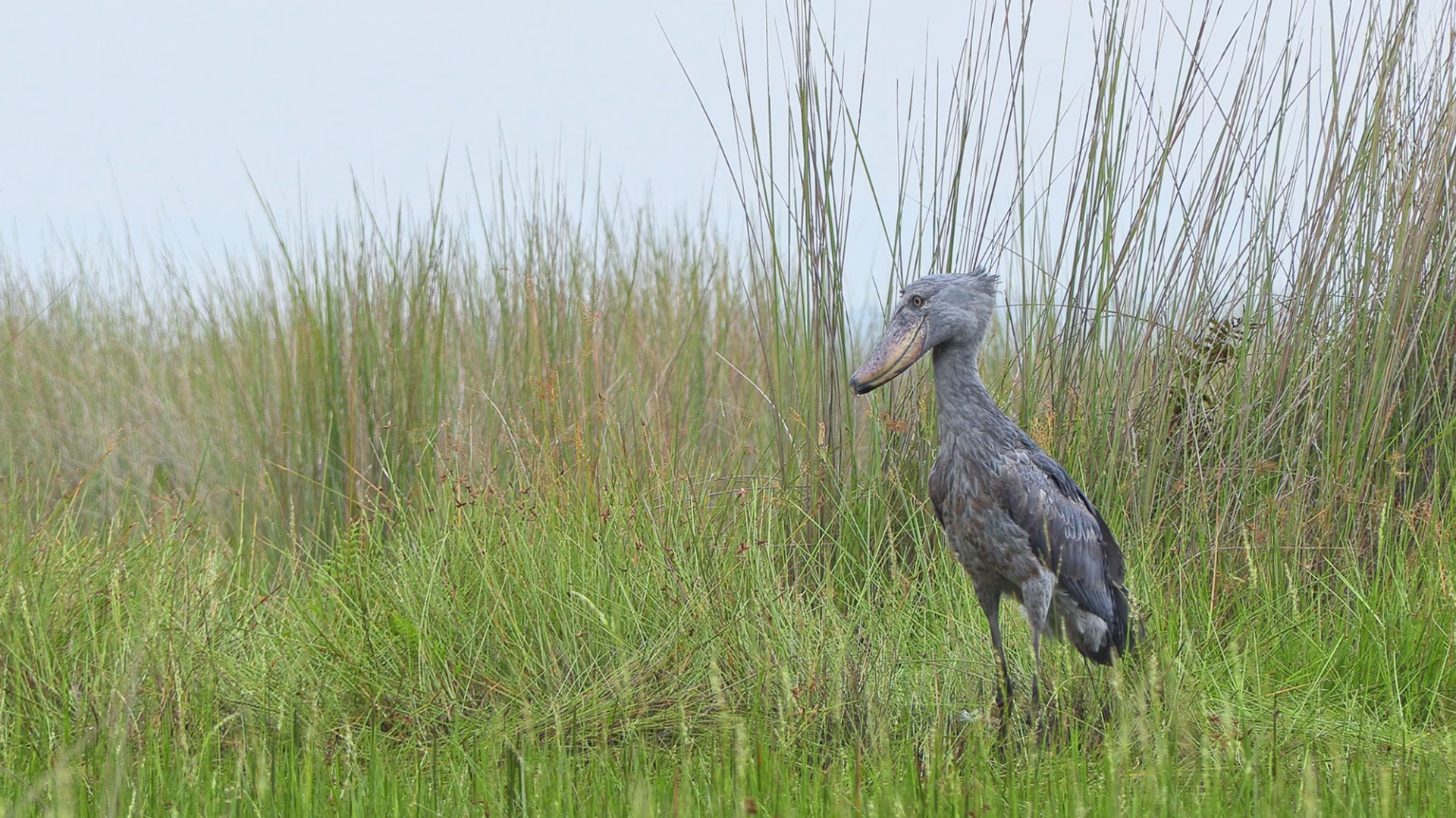SAFARI CAMPS for responsible travellers
The preferred booking platform for lodges & bush camps that offer tangible, measurable benefits for conservation & communities
Bangweulu Wetlands consists of floodplains, seasonally flooded grasslands, woodlands and permanent swamps fed by the Chambesi, Luapula, Lukulu and Lulimala rivers. The area has been designated as one of the world's most important wetlands by the Ramsar Convention and is a BirdLife International Important Bird and Biodiversity Area.
The total wetland area is more than 9,850 km2 (985,000 hectares), of which 6,000 km2 (600,000 hectares) is managed by African Parks in partnership with Zambia's Department of National Parks and Wildlife (DNPW) and six Community Resource Boards.
Bangweulu is the only place in the world you will find wild black lechwe and is home to over 350 shoebills.
READ MORE about Bangweulu Wetlands
Where the water meets the sky ...
Information about Bangweulu Wetlands
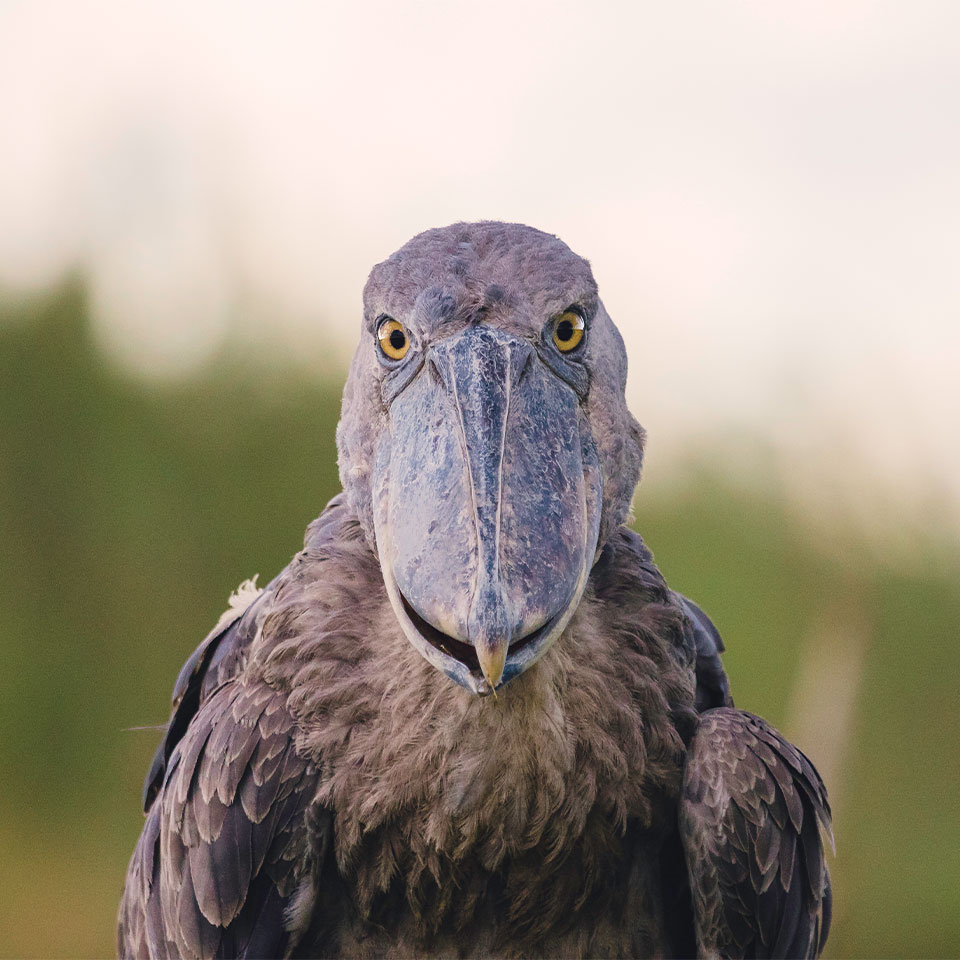
Bangweulu wildlife
Bangweulu hosts over 350 shoebills and is the only place in the world you will find black lechwe. Both species are listed as vulnerable on the IUCN Red List.
In addition, this vast wetland is home to cheetah, spotted hyena, side-striped jackal and serval as well as elephant, hippopotamus, crocodile, buffalo, roan, sable, hartebeest, puku, sitatunga, southern reedbuck, bushbuck, tsessebe, impala and zebra.
Over 430 migratory and resident bird species rely on the wetlands - including shoebill, 10% of the global wattled crane population, the vulnerable papyrus yellow warbler, collared pratincoles, blue-throated bee-eaters, Katanga masked weaver and several species of flufftails.
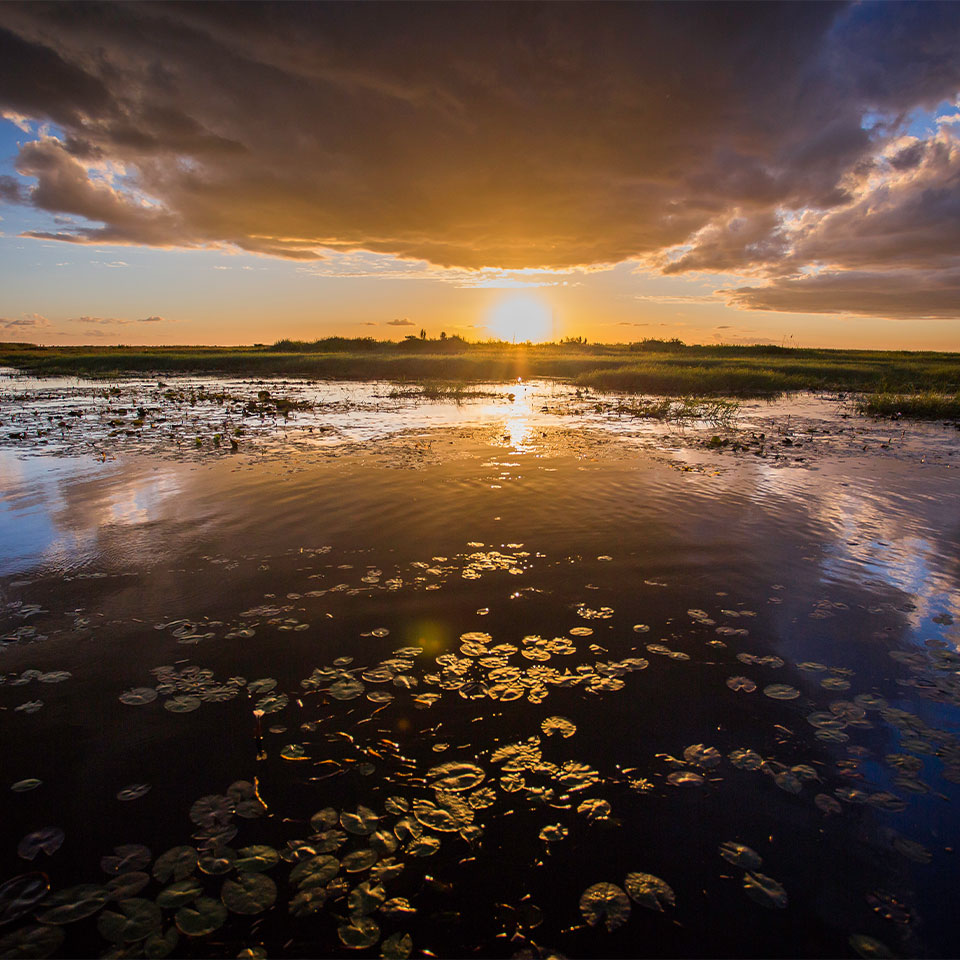
Bangweulu seasons
Open all year round - but accessibility by road and access to game drive tracks varies depending on water levels
Seasons:
December to April - hot and humid. The first rains bring new grass and flood water levels start to rise. The park comes alive with birdlife as the migrants arrive. Most of the park is inaccessible and wildlife sightings are by boat/mokoro and walking in non-flooded higher-lying areas;
May to July - dry and cooler than the wet summer months, with dropping water levels and good grazing. This is the best time to see shoebills and black lechwe while walking and driving in the park. Boating/mokoro activities are dependent on water levels;
August to November - the peak of the dry season, and temperatures start rising from September. Can be very dusty. Conditions are ideal for game drives and viewing shoebill nests.
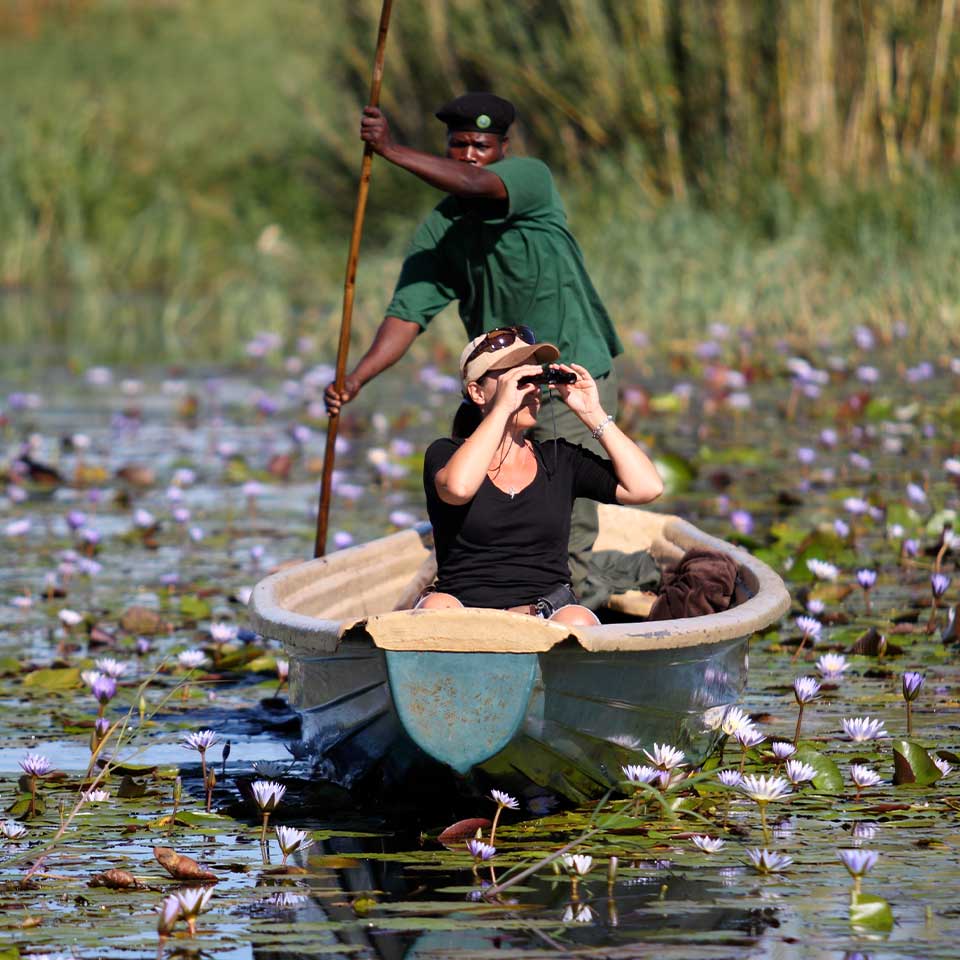
What to do in Bangweulu
morning and afternoon/evening game drives and bush walks;
mokoro trips (a traditional wooden canoe) - water level dependent, min 2 persons;
bird watching - including the rare and prehistoric-looking shoebill, which can be viewed from a mokoro. Shoebill nests are best viewed (from a distance) in the late dry season - only under the guidance of the Shoebill Guardian Program;
shoebill captive rearing facility - Show & Tell & Boma Tour (min 2, max 4 adults and no children under 12 years);
visit local villages and fishing camps to witness traditional fishing methods and bee-keeping.
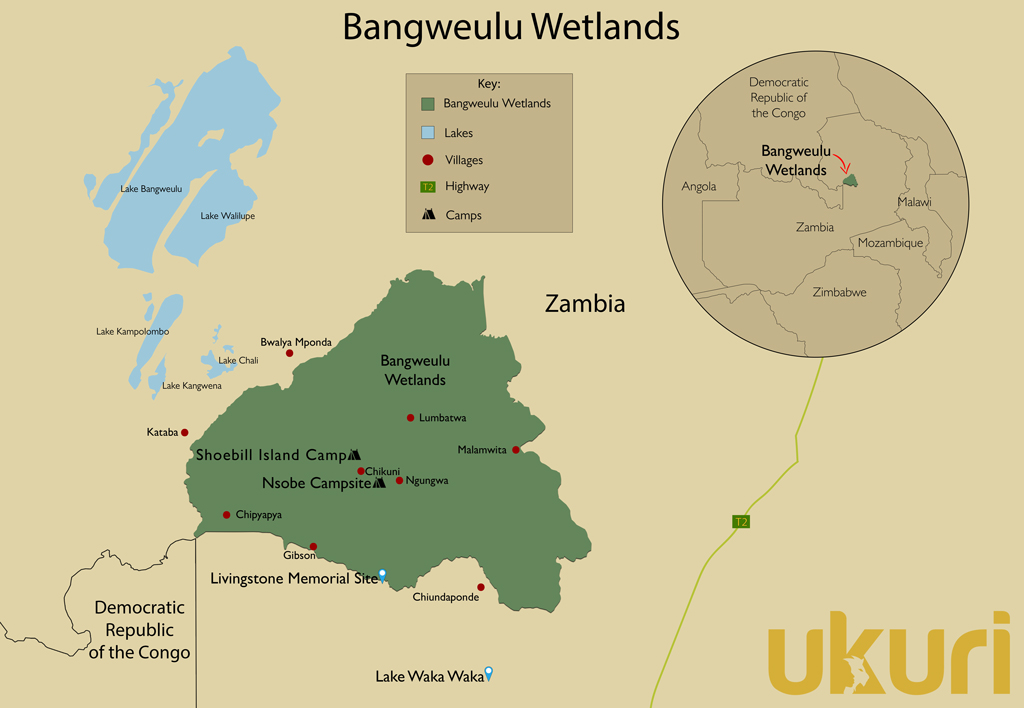
How to get to Bangweulu
By road:
From Lusaka, it takes about 10 hours, via the Great North Road. 12 km north of the Kalonje railway siding, turn left at the signpost for Lavushi Manda National Park/Bangweulu Wetlands. Follow either the Nkondo sign-posted turnoff to your left or, if heading to the swamps, continue for 65km to Nsobe Camp on the edge of the floodplain.
By air:
There are currently two nearby operational 1km long airstrips: Chimbwi Airstrip at Chikuni and Inja airstrip at Chiundaponde near Nkondo.

Health essentials
Malaria area: Yes
Bangweulu is a malaria area. Please consult your travel doctor about malaria prophylaxis.
Yellow fever area: No
Zambia is not a yellow fever area. Vaccination is required for travellers arriving from countries with a risk for yellow fever virus transmission. Please consult your travel doctor before travelling for relevant updates.
Tsetse flies: No
Water
We advise against drinking tap water unless it is boiled or filtered. Bottled water is widely available in Zambia. Bring your own refillable water bottles to prevent plastic pollution.
Medical emergencies
Bangweulu is a remote area - please ensure you have evacuation insurance in case of medical emergencies. African Parks utilises the following emergency evacuation service: SATIB24.
✔️ Vested communities
✔️ Responsible & sustainable
100% of tourism revenue earned by African Parks goes to conservation and local communities
Your safari to Bangweulu Wetlands will make a difference for local people
Visiting the African Parks camps in Bangweulu Wetlands is the most direct way to support local communities because these camps help boost:
job creation - Bangweulu is the largest employer in the region;
enterprise development - a range of activities like beekeeping, sustainable farming and controlled seasonal fishing provide for diversified income;
education - 13 schools are supported within Bangweulu, with 27 students receiving scholarships and technical centres providing technical education resources. School libraries with thousands of books have been established in local primary schools;
community projects such as health facilities, teacher housing, a marketplace building, and a reproductive health programme with mobile clinics;
tourism - the ongoing development of tourism camps creates significant benefits such as revenue, jobs, training and skills upliftment.
READ ABOUT African Parks community-based projects at Bangweulu Wetlands
Your safari to Bangweulu will help conservation
When African Parks took over management of Bangweulu in 2008, heavy poaching had decimated the park’s large mammals and fish populations. Species such as lion, cheetah, and black rhino had been wiped out and others had clung on via small remnant populations.
Since then, populations of the endemic black lechwe, sitatunga and shoebill have recovered and reintroductions of cheetah, buffalo, zebra, serval, puku, impala and waterbuck have successfully repopulated the area. Future re-introductions will include all species that once roamed these floodplains. Strict but fair fisheries management has resulted in fish populations bouncing back.
Your safari to Bangweulu contributes directly to this ongoing success story.
READ ABOUT
Information about Zambia
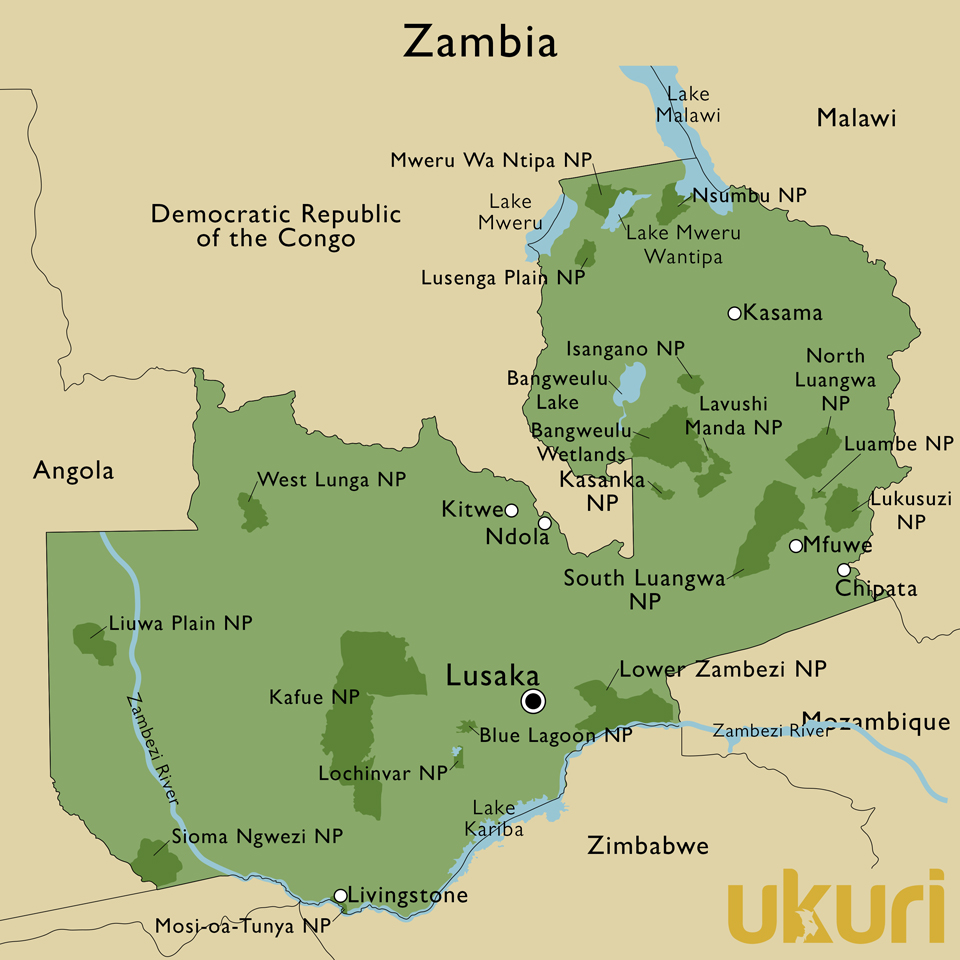
Key Zambia facts + map
Capital city + tourist hubs Lusaka (capital city), Livingstone, Mfuwe.
Languages English + 7 official vernacular languages.
Time zone GMT + 2 hours.
Currency Zambian Kwacha. Exchange bureaus and ATM's are available in Lusaka. Use the local currency for most transactions, although lodges accept US$ notes and major credit cards.
Visas Enter your details here for visa and other requirements.
Plugs Plug types are C (two small round pins), D (three small round pins) and G (three rectangular pins).
Mobile phones SIM cards can be purchased in Lusaka and all large towns. Zambia has good phone and internet coverage but internet speed can be slow at times.
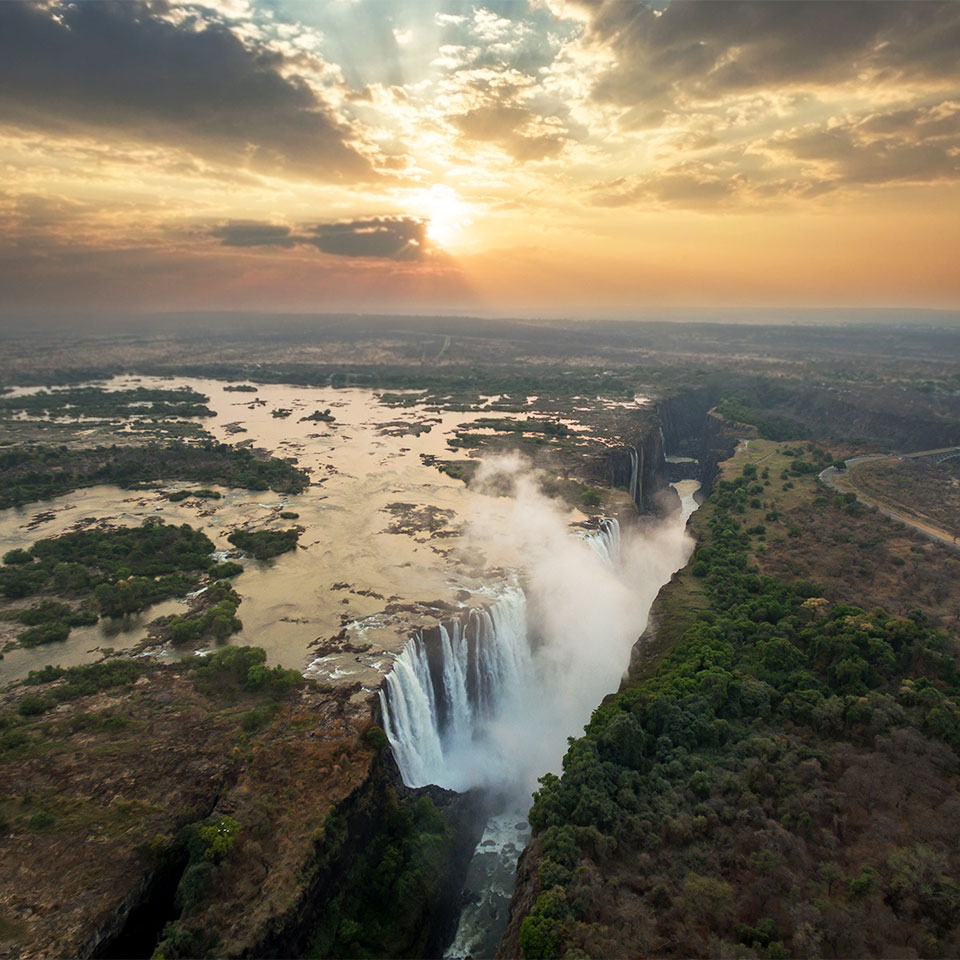
Zambia travel highlights
Zambia has many tourism hotspots and national parks - enough to keep even the most experienced safari traveller busy for a long time.
Wetland wonders
From the expansive floodplains of Bangweulu Wetlands and Liuwa Plain National Park to Kasanka National Park and Busanga Plains, Zambia's wetlands host endangered species and communities that co-exist with wildlife. Responsible travellers seek the learnings of these experiences and the solitude of the wilderness.
Bushveld safaris
Kafue National Park, Luangwa Valley and Lower Zambezi National Park offer bushveld safari habitats to drool over - from riverine forest to vast floodplains and woodland.
The 'smoke that thunders'
Victoria Falls offers the world's largest continuous falling curtain of water - an adventure centre of note.
